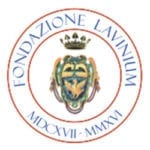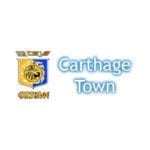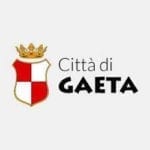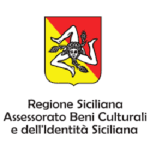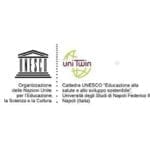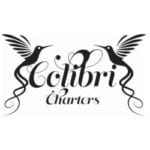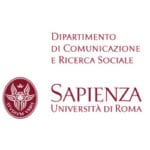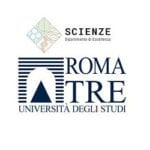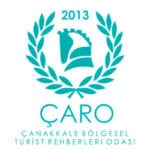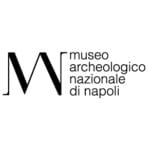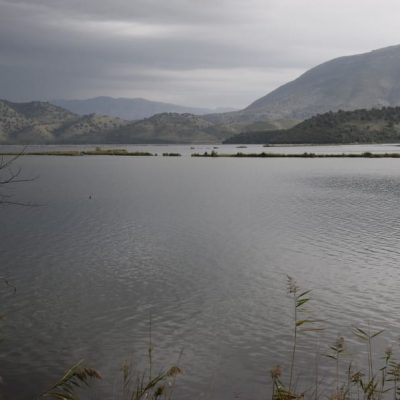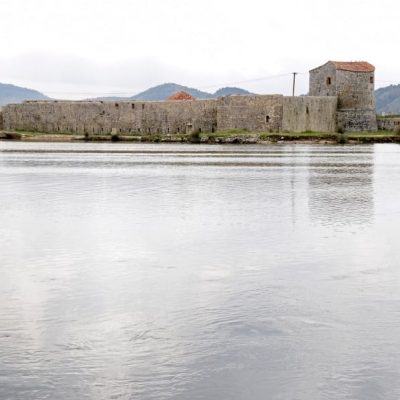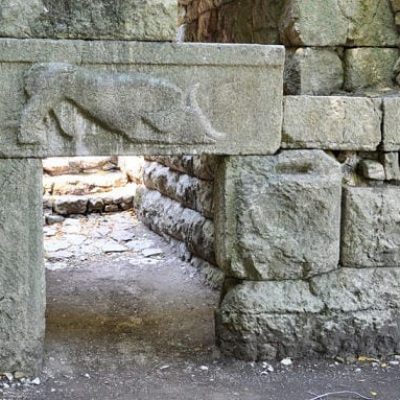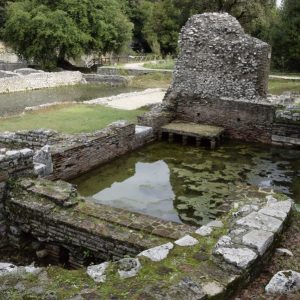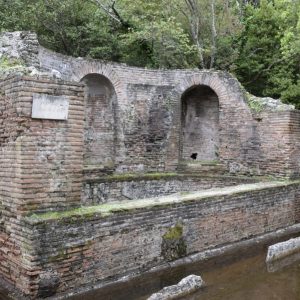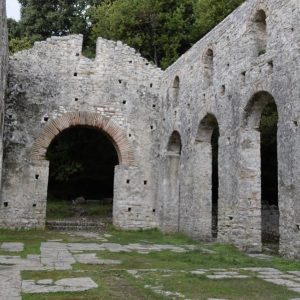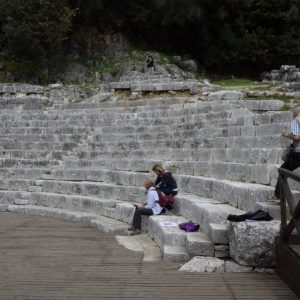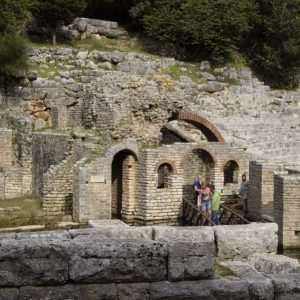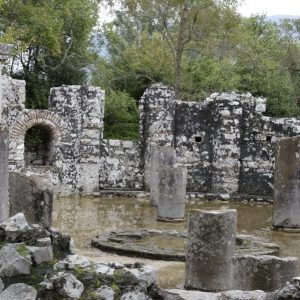Buthrotos
BUTHROTOS

The epic tale
In the Aeneid (III, 291-293) Virgil attributes the foundation of ancient Buthrotum to fugitive Trojans; the news is confirmed by the Greek historian Dionysius of Halicarnassus, his contemporary, in “Roman Antiquities” (I, 42). Having disembarked from the ship, Aeneas discovers that the soothsayer and warrior Elenus, son of Priam, reigns over the city, having taken the sceptre and the bride to Neoptolemus, son of the heroic Achilles: Andromache, widow of the valiant Hector, So she passed to a new wedding and Aeneas meets her by chance while in a forest in front of the city the woman celebrates funeral rites on the cenotaph of the deceased husband. Entering the walls, he uttered with emotion: “I greet a little Troy and a Pergamon who imitates the great” (vv. 349-350). In the brief but decisive stop at Butrinto, through Elenus who interrogates Apollo, Aeneas receives a favourable prediction for his journey to Italy. The city is therefore fundamental in the journey towards the foundation of Rome.The discovery
The “rediscovery” of Butrint is due to the tireless activity of Luigi Maria Ugolini, a young archaeologist who, like what Schliemann did with the Homeric poems in search of Troy, in 1927 he set out in search of the Virgilian Buthrotum: The excavations, conducted by the Italian archaeological mission from 1927 to 1940, concerned the acropolis and the highest part of the city, because in the lower levels the waters made the explorations difficult, if not impossible.The places and history
The city is situated along the coast of modern Albania, in the northern part of ancient Epirus, known by the name of Caonia, today almost on the border with Greece. Its remains are distributed on a low hill inserted in a lagoon context in front of the island of Corfù, once Corcira, just 6 km away. The ruins, although partly periodically submerged by water, are integrated with an uncontaminated natural setting of strong suggestion. Unlike the literary version, in the historical reality there would not have been a real foundation, but a slow process of formation: it is probable therefore that from the beginning and for all the archaic and classical age Buthrotos has gravitated in the sphere of Corfù, without a well-defined political identity. This is confirmed on the one hand by the Corinthian pottery, probably produced in Corfù, found on the acropolis and dating from the seventh century B.C. and, on the other, the absence of archaeological structures attributable to an urban organization. It seems that the settlement reached a level of political independence only III BC, when the name Bouthrotos appears in the documents by virtue of its ancient link with the cult of Aesculapius. Only since the second century B.C. Butrint is remembered not only as the place of worship, but also as the place of residence of a community of individuals. In 163 BC, Butrint with the region of Caonia, Molossia and Thesprotia, is part of the confederation of Prasaiboi, born under the aegis of the Romans aggregating around the sanctuary of Aesculapius. Elevated in 44 a.C. to the rank of colony by Caesar to reward the veterans of the war against Pompey, at the time of Virgil the city was very flourishing: Under Augustus she assumed the name of Colonia Augusta Buthrotum and this circumstance gave her further opportunities for economic and social growth. Pomponio Attico, close friend of Cicero, owned in an area not far away a grand villa with an Amaltheion. The walls are in large square blocks, joined by interlocking shapes and metal grappas and there are 7 doors. In recent times a careful reading of the remains has made it possible to identify two lines of walls: the largest, perhaps oldest, surrounded only partially the acropolis and more than a defensive function could have played the terracing, while the narrower circuit, Built after 500 BC, it would be interpreted as a sacred enclosure of a place of worship, witnessed by a votive deposit found in the late 1930s. Therefore all the acropolis in the archaic age would have been occupied by a sacred area and non-domestic buildings.Approfondimenti
Informazioni aggiuntiveTo learn more:
M. Melfi, “Butrinto:da santuario di Asclepio a centro federale”, in I processi formativi ed evolutivi della città in area adriatica (a cura di G. de Marinis, G.M. Fabrini, G. Paci, R. Perna, M. Silvestrini), BAR International Series 2419, Oxford 2012, pp. 123-130
J. Bogdani, “Le residenze rurali della Caonia ellenistica. Note per una nuova lettura”, in Agri centuriati 8-2011, Pisa- Roma, Fabrizio Serra Editore MMXII, pp.121-144
La città è strettamente legata al racconto del mitico viaggio di Enea, cantato da Virgilio nell’Eneide, come punto di arrivo dell’eroe troiano sulle coste laziali.
Secondo la tradizione ripresa da Virgilio, infatti, appena sbarcato Enea fece il primo sacrificio, in un luogo presso il fiume Numico (oggi Fosso di Pratica: Numico_1), dove poi sarebbe sorto un santuario dedicato a Sol Indiges. Inseguendo una scrofa bianca gravida, l’eroe percorse una distanza di 24 stadi: qui la scrofa partorì trenta piccoli e il prodigio offrì ad Enea un segno della volontà degli dei di fermarsi e fondare una nuova città. L’eroe incontrò Latino, il re della locale popolazione degli Aborigeni, il quale, dopo aver consultato un oracolo, capì che i nuovi arrivati non dovevano essere considerati degli invasori, ma come uomini amici da accogliere. Enea sposò dunque la figlia di Latino, Lavinia, e fondò la città di Lavinium, celebrando la nascita di un nuovo popolo, nato dalla fusione tra Troiani e Aborigeni: il popolo dei Latini. Il mito racconta che Enea non morì, ma scomparve in modo prodigioso tra le acque del fiume Numico e da questo evento fu onorato come Padre Indiges: Il padre capostipite.
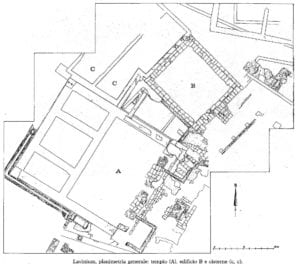 La piazza pubblica della città aveva una pianta rettangolare, ornata sui lati lunghi da portici, su cui si aprivano diversi edifici: uno di questi aveva forse la funzione di “Augusteo”, luogo dedicato al culto imperiale, come sembra indicare il ritrovamento di splendidi ritratti degli imperatori Augusto, Tiberio e Claudio. Sul lato corto occidentale si affacciavano un edificio elevato su un podio, forse la Curia (luogo di riunione del governo locale), e un tempio, risalente ad età repubblicana.
La piazza pubblica della città aveva una pianta rettangolare, ornata sui lati lunghi da portici, su cui si aprivano diversi edifici: uno di questi aveva forse la funzione di “Augusteo”, luogo dedicato al culto imperiale, come sembra indicare il ritrovamento di splendidi ritratti degli imperatori Augusto, Tiberio e Claudio. Sul lato corto occidentale si affacciavano un edificio elevato su un podio, forse la Curia (luogo di riunione del governo locale), e un tempio, risalente ad età repubblicana.
Il santuario, situato ad est della città antica, era dedicato alla dea Minerva, che a Lavinium è dea guerriera, ma anche protettrice dei matrimoni e delle nascite. È stato trovato un enorme scarico di materiale votivo databile tra la fine del VII e gli inizi del III sec. a.C., costituito soprattutto da numerose statue in terracotta raffiguranti soprattutto offerenti, sia maschili che femminili, alcune a grandezza naturale, che donano alla divinità melograni, conigli, colombe, uova e soprattutto giocattoli: le offerte simboleggiano l’abbandono della fanciullezza e il passaggio all’età adulta attraverso il matrimonio
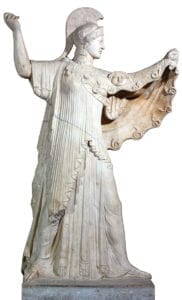 Eccezionale il ritrovamento di una statua della dea, armata di spada, elmo e scudo e affiancata da un Tritone, essere metà umano e metà pesce: questo elemento permettere di riconoscere nella raffigurazione la Minerva Tritonia venerata anche in Grecia, in Beozia, e ricordata da Viirgilio nell’Eneide (XI, 483): “armipotens, praeses belli, Tritonia virgo” (O dea della guerra, potente nelle armi, o vergine tritonia…)
Eccezionale il ritrovamento di una statua della dea, armata di spada, elmo e scudo e affiancata da un Tritone, essere metà umano e metà pesce: questo elemento permettere di riconoscere nella raffigurazione la Minerva Tritonia venerata anche in Grecia, in Beozia, e ricordata da Viirgilio nell’Eneide (XI, 483): “armipotens, praeses belli, Tritonia virgo” (O dea della guerra, potente nelle armi, o vergine tritonia…)
Il culto del santuario meridionale nasce in età arcaica ed era caratterizzato da libagioni. Nella fase finale il culto si trasforma invece verso la richiesta di salute e guarigione, documentato dalle numerose offerte di ex voto anatomici. Sono state trovate iscrizioni di dedica che ricordano
Castore e Polluce (i Dioscuri) e la dea Cerere. La molteplicità degli altari e delle dediche è stata interpretata come testimonianza del carattere federale del culto, quindi legato al popolo latino nel suo insieme: ogni altare potrebbe forse rappresentare una delle città latine aderenti alla Lega Latina, confederazione che riuniva molte città del Latium Vetus, alleatesi per contrastare il predominio di Roma.
Dionigi di Alicarnasso, vissuto sotto il principato di Augusto, afferma di aver visto in questo luogo, ancora al suo tempo, nel I sec. a.C., due altari, il tempio dove erano stati posti gli dèi Penati portati da Troia e la tomba di Enea circondata da alberi: «Si tratta di un piccolo tumulo, intorno al quale sono stati posti file regolari di alberi, che vale la pena di vedere» (Ant. Rom. I, 64, 5)
Alba
Lavinium fu considerata anche il luogo delle origini del popolo romano: all’immagine di Roma nel momento della sua espansione e della crescita del suo potere era utile costruire una discendenza mitica da Enea, figlio di Venere, onorato per le sue virtù, per la capacità di assecondare gli dèi; di conseguenza si affermò anche la tradizione per la quale Romolo, il fondatore di Roma, aveva le sue origini, dopo quattro secoli, dalla medesima stirpe di Enea.
Secondo questa tradizione Ascanio Iulo, il figlio di Enea, aveva fondato Alba Longa, città posta presso l’attuale Albano, dando l’avvio a una dinastia, che serviva per colmare i quattrocento anni che separano le vicende di Enea (XII sec. a.C.) dalla fondazione di Roma (VIII se. a.C.), quando, dalla stessa stirpe, nacquero i gemelli Romolo e Remo, secondo la tradizione allattati da una lupa. Questi erano dunque i nipoti del re di Alba Longa. La madre era Rea Silvia e il padre il dio Marte. Romolo uccise Remo e poi fondò Roma nel 753 a.C. Lavinium diventava così la città sacra dei Romani, dove avevano sede i “sacri princìpi del popolo romano”.
Il Borgo sorge su una altura occupata nell’antichità dall’acropoli di Lavinium. In età imperiale vi sorge una domus, testimoniata da pavimenti in mosaico in bianco e nero (Borgo_1). Una civitas Pratica è ricordata per la prima volta in un documento del 1061, mentre nell’epoca successiva si parla di un castrum che fu di proprietà del Monastero di San Paolo fino al 1442. La Tenuta di Pratica di Mare, comprendente anche il Borgo, allora definito “Castello” (Borgo_2), divenne poi proprietà della famiglia Massimi e in seguito fu acquistata nel 1617 dai Borghese. Il principe Giovan Battista, nel tentativo di valorizzare il territorio con l’agricoltura, ristrutturò il villaggio nella forma che ancora oggi rimane, caratteristica per la sua pianta ortogonale e la sua unitarietà. Dalla metà dell’Ottocento la malaria, che devastava la campagna romana, causò lo spopolamento del borgo, finché Camillo Borghese dal 1880 si impegnò nell’opera di ricolonizzazione, restaurando il palazzo e intervenendo con una importante opera di riassetto della tenuta, dove fu impiantata una singolare vigna a pianta esagonale. Il Borgo e la tenuta rappresentano una preziosa area monumentale e agricola ancora intatta all’interno della zona degradata di Pomezia e Torvaianica.
INTRODUCTION
The remains of Buthrotos occupy the area of a low promontory on the western shore of a coastal salt lake, Lake Vivari, within a vast National Park. In addition to the first traces of occupation of the X-VIII century BC, together they offer evidence stratified from the Illyrian era (IV century BC: walls and gates), to the Hellenistic (III century BC: theater, sanctuary of Aesculapius) and Roman (baths, Forum, sacello of Apollo, nymphaeum) until the famous late-ancient baptistery (IV-V century a.C.) and a great early Christian basilica (VI century a.C). The castle on the acropolis of the Venetian period (XIV-XVI century) houses the finds found in the archaeological site, the first of Albania to be included in 1992 by UNESCO in the list of World Heritage Sites.
Contact
Map
Modulo di contatto
Donec leo sapien, porta sed nibh rutrum, bibendum posuere libero.
